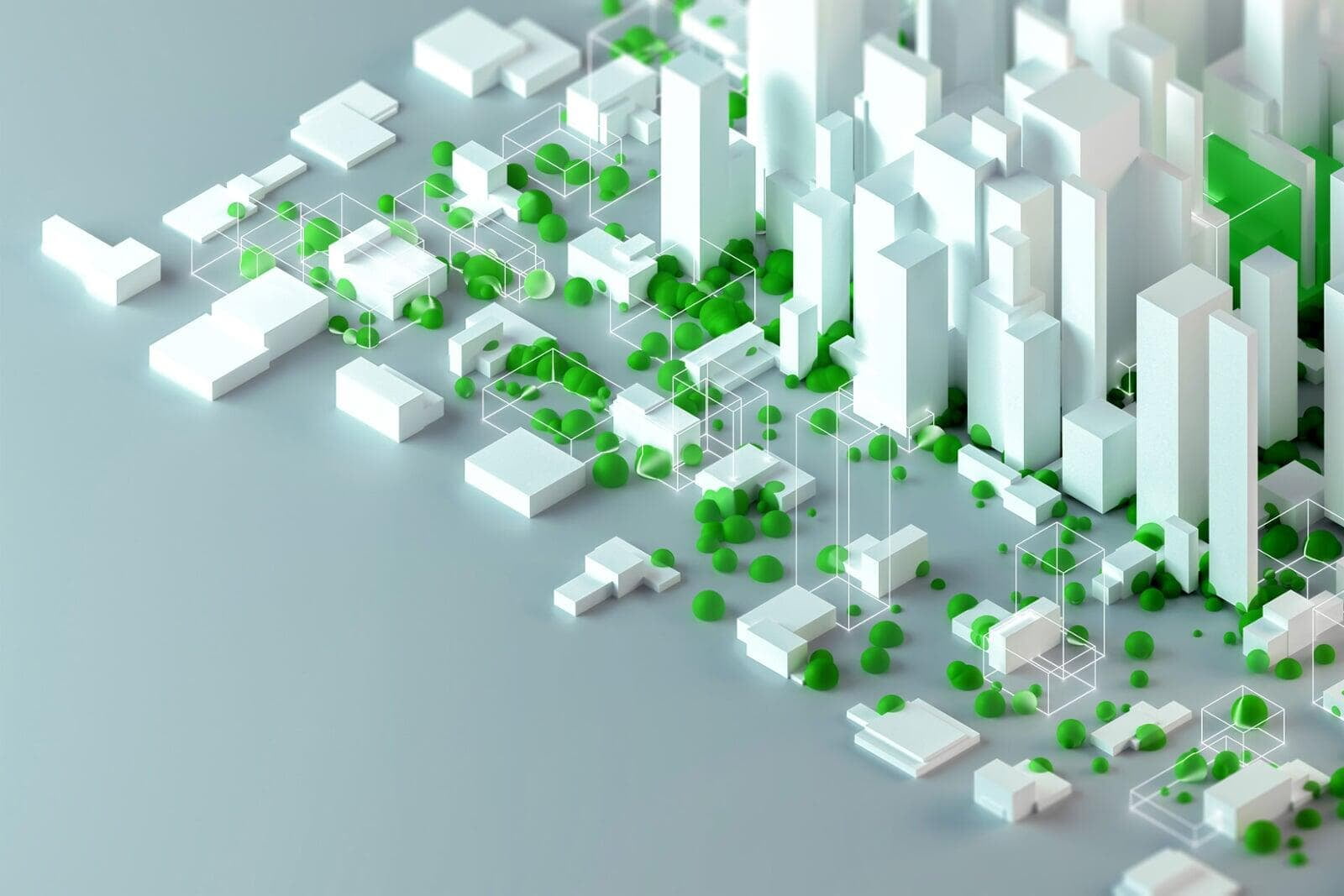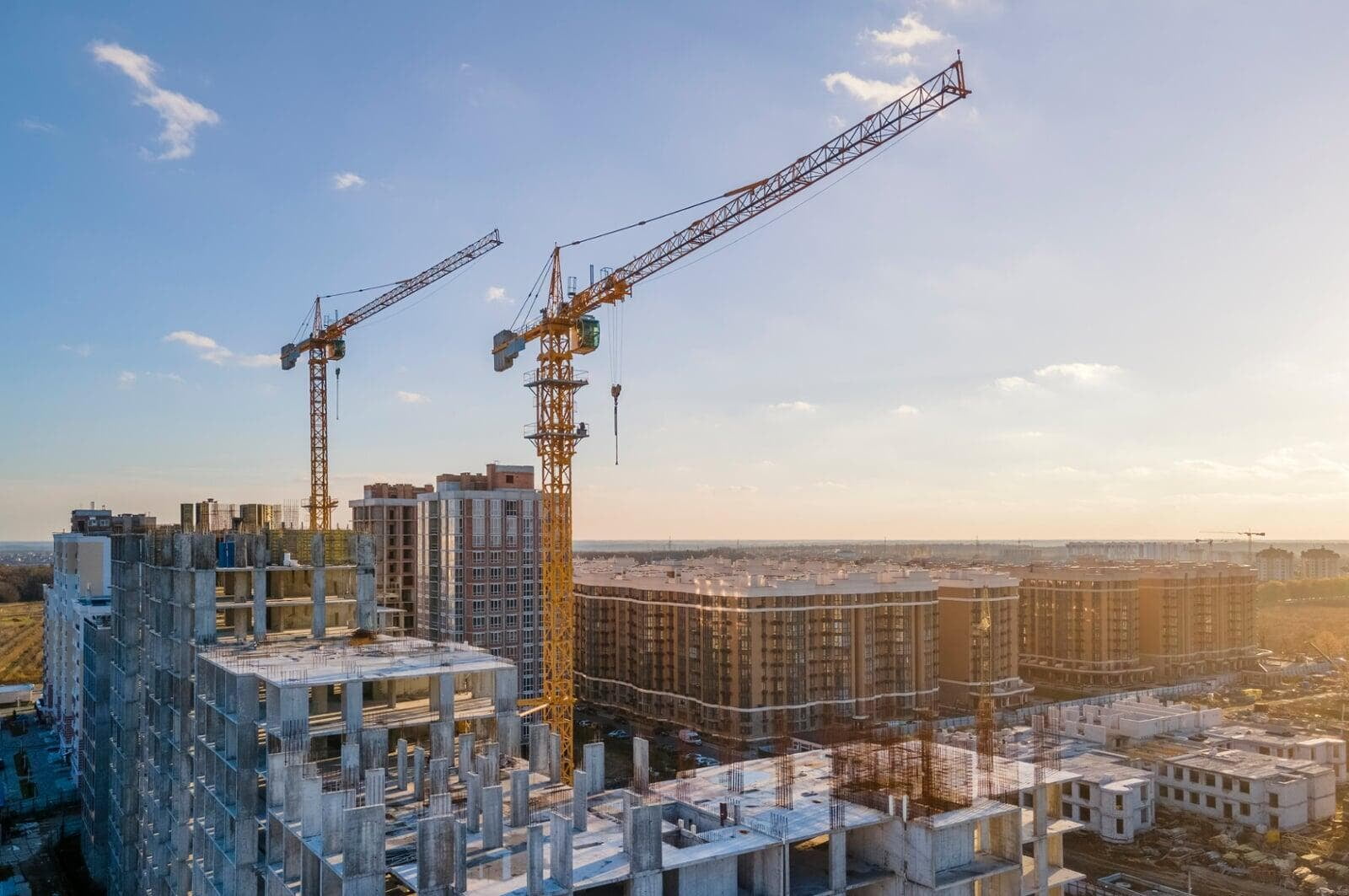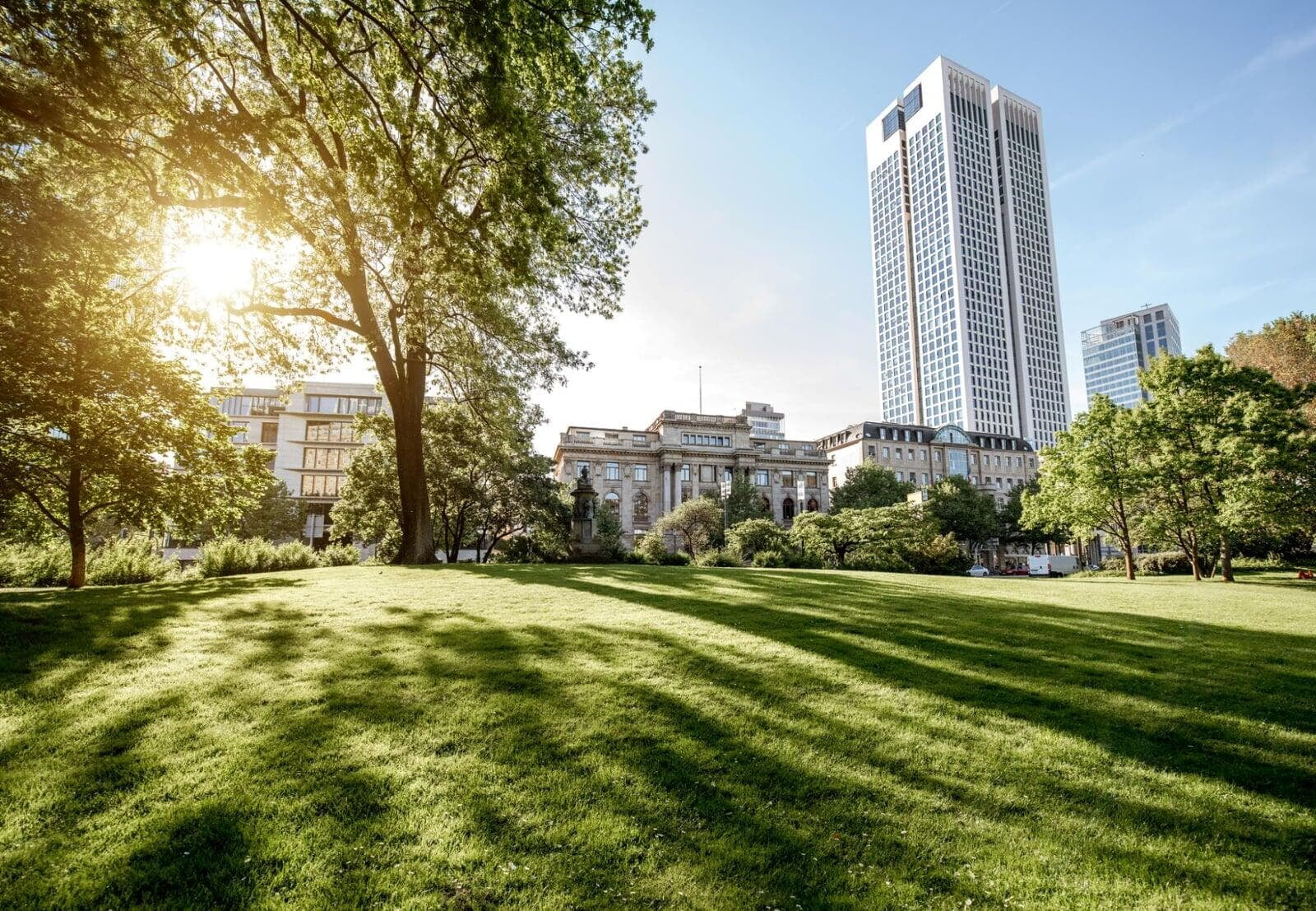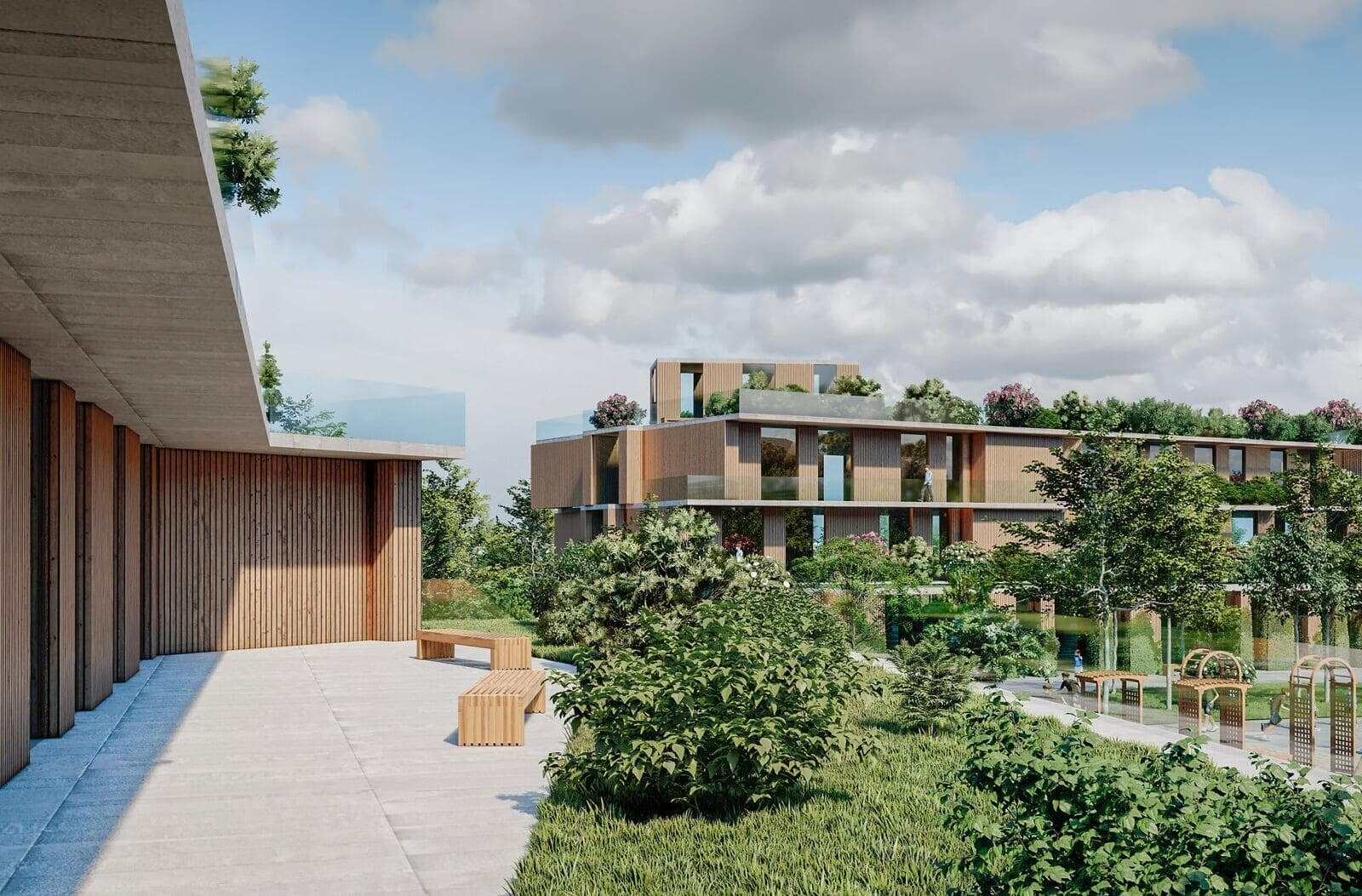greenpass FAQs
Still questions about greenpass? Find more answers
FAQS
greenpass FAQs
greenpass FAQs
greenpass is a ClimateTech company for climate resilient real estate & open spaces based in Vienna. Since 2018, greenpass has been supporting companies in making construction projects climate resilient and sustainable, offering the world’s first software-as-a-service (SaaS) for assessing urban environmental impacts.
An Urban Climate Architect (UCA) is someone who has positively completed our UCA training via the academy and can operate the greenpass Editor. As a UCA, you can design climate-proof real estate and open space in a collaborative process and offer this service to your clients.
Go to the greenpass Support platform to find further support possibilities.
greenpass DIY is an AI-based online platform for climate-proofing of real estate and open space in line with ESG and EU regulations.
greenpass Expert is based on a digital twin and expert simulations with supervision of a certified Urban Climate Architect (UCA) and greenpass Partner
Weather conditions are only short-term impacts. Greenpass evaluates the long-term climate performance based on a standardized set of key performance indicators (KPIs).
An Urban Climate Architect (UCA) is someone who has positively completed our UCA training via the academy and can operate the greenpass Editor. As a UCA, you can design climate-proof real estate and open space in a collaborative process and offer this service to your clients.
Nature-based solutions (NBS) are innovative and sustainable approaches that utilize and work in harmony with nature to address various environmental and societal challenges like green infrastructure (green roofs, green walls, urban parks etc.). They offer a holistic approach that not only tackles issues such as climate change, biodiversity loss, and water scarcity but also provides co-benefits for human well-being and sustainable development.
Green infrastructure refers to a network of natural and semi-natural elements, such as parks, forests, wetlands, green roofs, and permeable surfaces, integrated into urban and rural areas to provide environmental, social, and economic benefits. It helps to manage stormwater, mitigate the urban heat island effect, improve air quality, support biodiversity, and enhance the overall quality of life in communities.
Blue infrastructure refers to the network of natural and built aquatic features, including rivers, lakes, wetlands, coastlines, and water management systems. It encompasses the physical elements and systems that manage and protect water resources, such as dams, reservoirs, canals, and stormwater management structures. Blue infrastructure plays a crucial role in water supply, flood management, water quality improvement, ecosystem conservation, and recreational activities related to water bodies.









